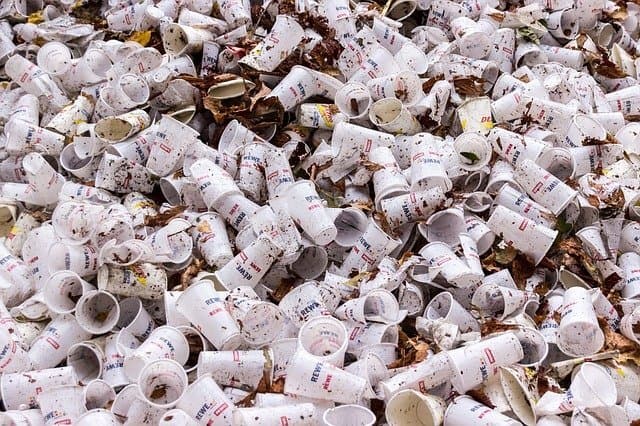Municipal solid waste: challenging for the environment and providing an opportunity for energy production
In formal terms, garbage or municipal solid waste is the material that is removed from households or public roads when it no longer serves its purpose.





